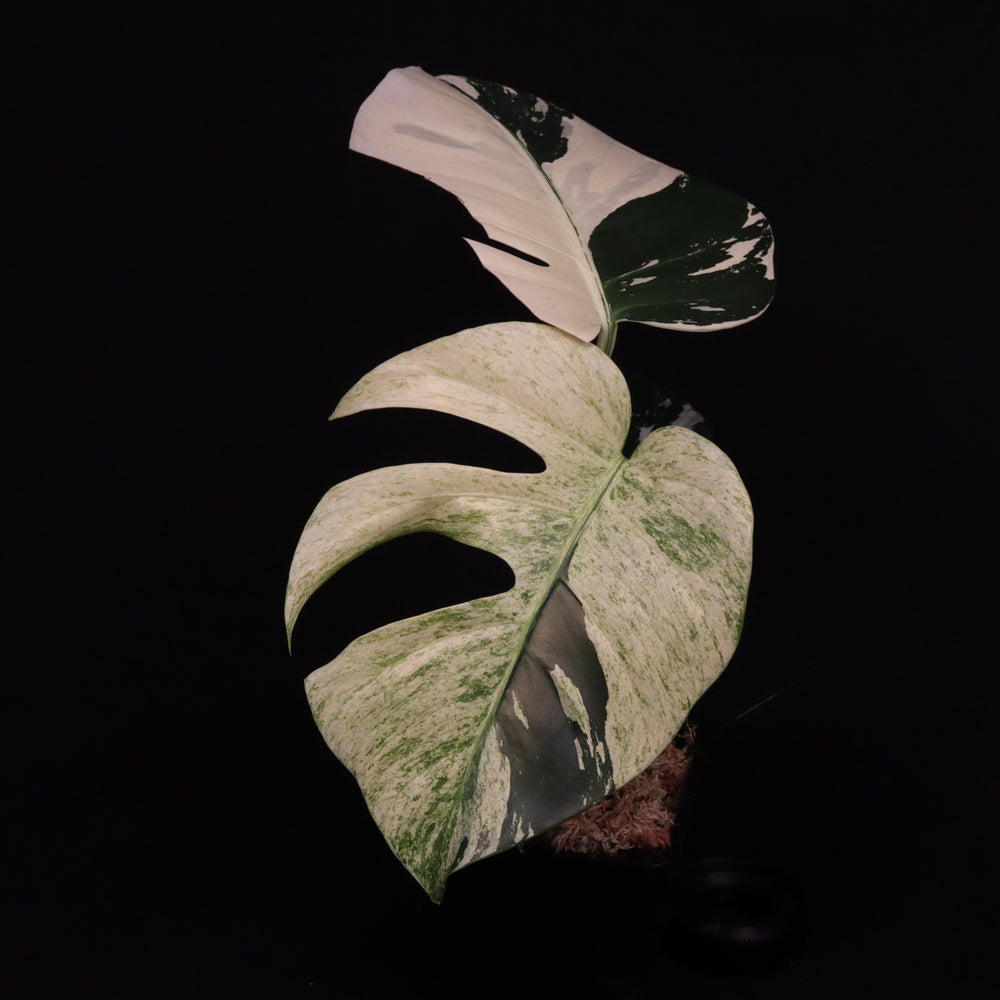Propagation
Propagating Power: Multiplying Your Plant Collection with Different Techniques
The joy of nurturing a thriving houseplant collection can be easily doubled, tripled, or even quadrupled through the magic of propagation! Propagating allows you to create new plants from your existing ones, offering a cost-effective way to expand your indoor jungle and share the love with friends. This article explores various propagation techniques and delves into four popular media options: sphagnum moss, Fluval Stratum, water, and LECA.
Choosing Your Propagation Method:
The most successful propagation method depends on the type of plant you're working with. Here's a quick overview:
- Stem Cuttings: This versatile method works for a wide range of plants. You take a healthy stem section with leaves and encourage it to grow roots.
- Leaf Propagation: Certain plants, like African violets and succulents, can be propagated from a single leaf!
- Division: For plants that form clumps or bulbs, you can physically divide them into multiple new plants.
Selecting Your Propagation Media:
The medium you choose plays a crucial role in root development and overall success. Here's a breakdown of the four options we'll explore:
-
Sphagnum Moss: This long-fibered moss offers excellent moisture retention and aeration, making it ideal for propagating plants that thrive in humid environments. Sphagnum moss stays sterile and prevents rot when properly used. Keep the moss damp but not soggy.
-
Fluval Stratum: This volcanic substrate, popular in aquariums, has gained traction in the plant propagation world. Fluval Stratum boasts excellent drainage and air circulation while retaining some moisture. It's lightweight and can be a good choice for plants that prefer well-aerated conditions. Fluval Stratum may require additional nutrients as it's not inherently fertile.
-
Water: A simple yet effective method for propagating plants like pothos and philodendrons. Water propagation allows you to easily monitor root growth. Use clean, filtered or tap water that has been allowed to sit for 24 hours to release chlorine.
-
LECA (Lightweight Expanded Clay Aggregate): These porous clay pebbles offer excellent drainage and aeration, making them suitable for plants that dislike soggy roots. LECA is reusable and long-lasting. Since LECA is inert, plants grown in it require regular fertilization with a balanced nutrient solution.
General Propagation Steps:
- Prepare your tools: Sharp, sterilized pruners or a knife for clean cuts.
- Take your cutting or division: Select a healthy, mature stem or leaf section depending on your chosen method.
- Treat for disease prevention (optional): Apply a fungicide dip as a preventative measure.
- Plant your cutting/division in your chosen medium: Ensure proper depth and positioning for root growth.
- Provide warmth and humidity: A warm, humid environment encourages root development. You can use a humidity tray or a plastic enclosure to create a mini greenhouse effect.
- Monitor and provide care: Keep the medium moist (not soggy) for most methods. Provide bright, indirect light.
- Be patient! Rooting can take weeks, so be patient and observe your new plant for signs of progress.
Remember: Success rates can vary depending on the plant species and your specific conditions. Don't be discouraged if you don't see results immediately. Experiment with different methods and media to find what works best for your plants and your propagation journey!


